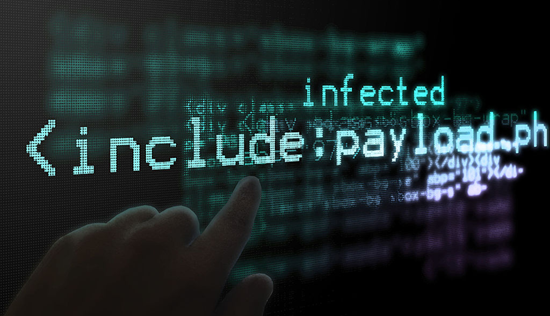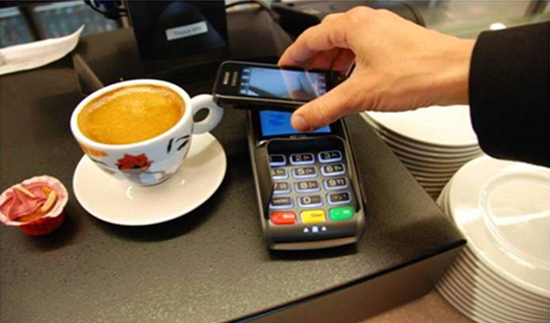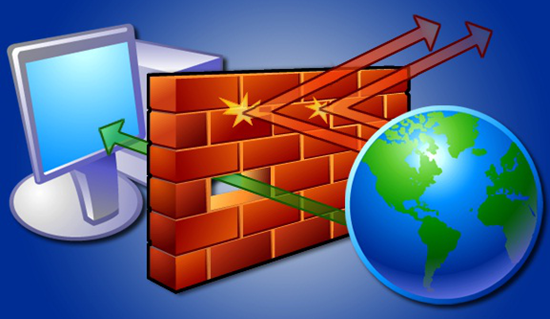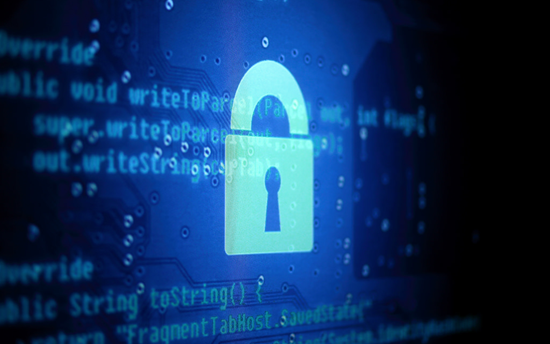
Wi-Fi - oh so convenient, yet oh so dangerous. Here are seven ways you could be giving away your identity through a Wi-Fi connection and what to do instead.
1. Using free hotspots
They seem to be everywhere, and their numbers are expected to quadruple over the next four years. But many of them are untrustworthy, created just so your login credentials, to email or even more sensitive accounts, can be picked up by hackers using “sniffers” - software that captures any information you submit over the connection. The best defense against sniffing hackers is to use a VPN (virtual private network). A VPN keeps your private data protected because it encrypts what you input.
2. Banking online
You might think that no one needs to be warned against banking online using free Wi-Fi, but cybersecurity firm Kaspersky Lab says that more than 100 banks worldwide have lost $900 million from cyberhacking, so it would seem that a lot of people are doing it. If you want to use the free Wi-Fi in a coffee shop because you’re confident it will be legitimate, confirm the exact network name with the barista. It’s pretty easy for someone else in the shop with a router to set up an open connection with a name that seems like it would be the name of the shop’s Wi-Fi.
3. Keeping Wi-Fi on all the time
When your phone’s Wi-Fi is automatically enabled, you can be connected to an unsecure network without even realizing it. Use your phone’s location-based Wi-Fi feature, if it’s available. It will turn off your Wi-Fi when you’re away from your saved networks and will turn back on when you’re within range.
4. Not using a firewall
A firewall is your first line of defense against malicious intruders. It’s meant to let good traffic through your computer on a network and keep hackers and malware out. You should turn it off only when your antivirus software has its own firewall.
5. Browsing unencrypted websites
Sad to say, 55% of the Web’s top 1 million sites don’t offer encryption. An unencrypted website allows all data transmissions to be viewed by the prying eyes of hackers. Your browser will indicate when a site is secure (you’ll see a grey padlock with Mozilla Firefox, for example, and a green lock icon with Chrome). But even a secure website can’t protect you from sidejackers, who can steal the cookies from a website you visited, whether it’s a valid site or not, through a public network.
6. Not updating your security software
If you want to ensure that your own network is well protected, upgrade the firmware of your router. All you have to do is go to your router’s administration page to check. Normally, you can download the newest firmware right from the manufacturer’s site.
7. Not securing your home Wi-Fi
Needless to say, it is important to set up a password that is not too easy to guess, and change your connection’s default name. You can also filter your MAC address so your router will recognize only certain devices.







No comments:
Post a Comment
Please adhere to proper blog etiquette when posting your comments. This blog owner will exercise his absolution discretion in allowing or rejecting any comments that are deemed seditious, defamatory, libelous, racist, vulgar, insulting, and other remarks that exhibit similar characteristics. If you insist on using anonymous comments, please write your name or other IDs at the end of your message.